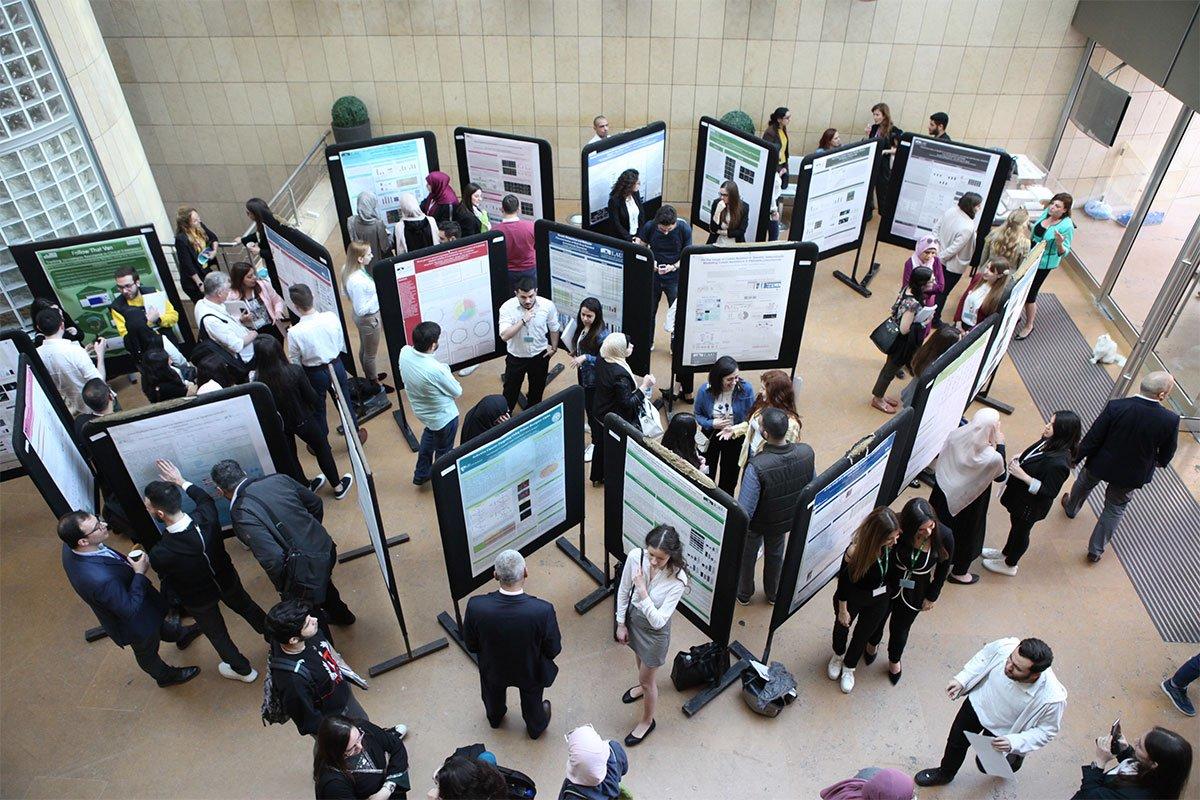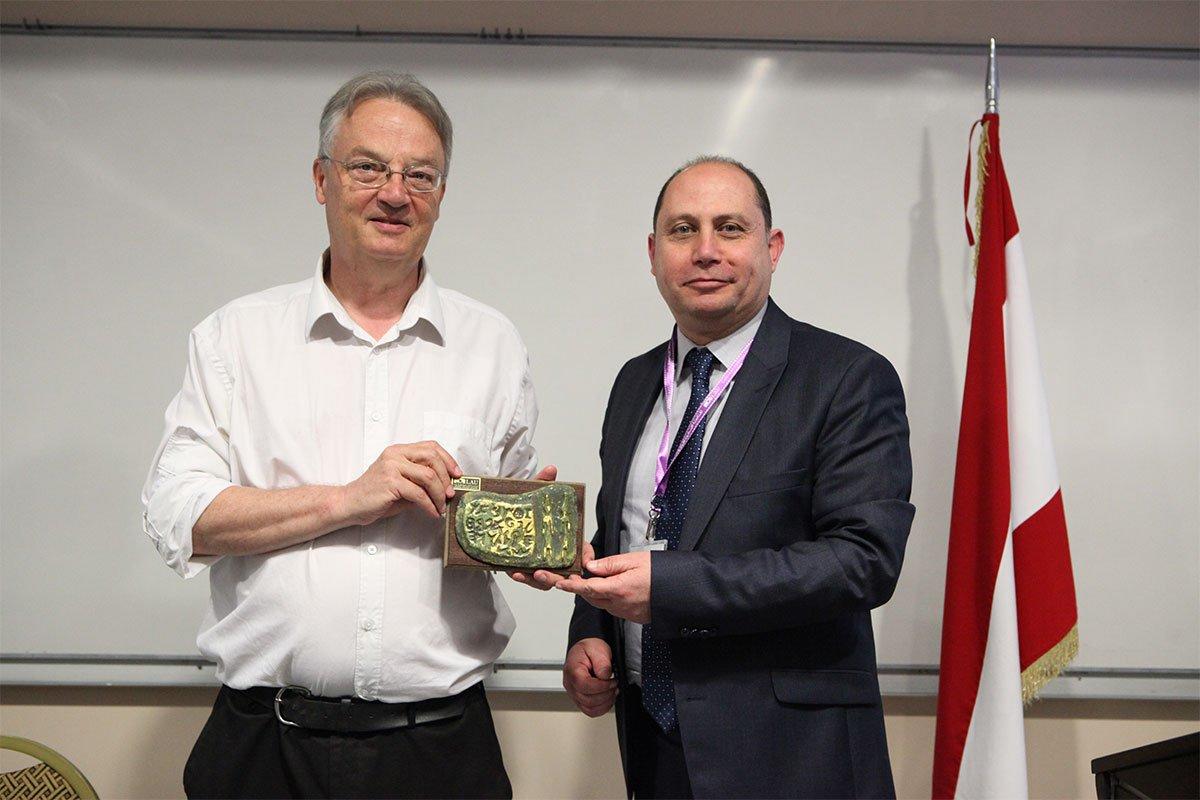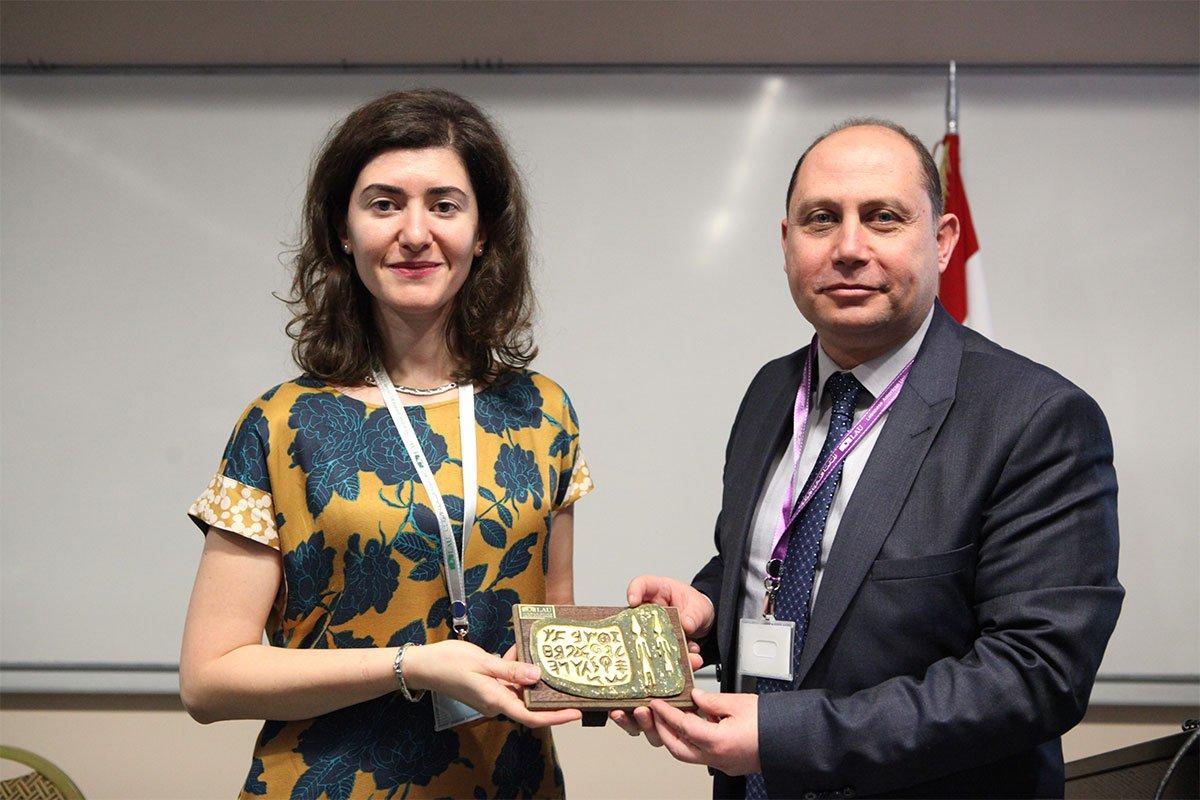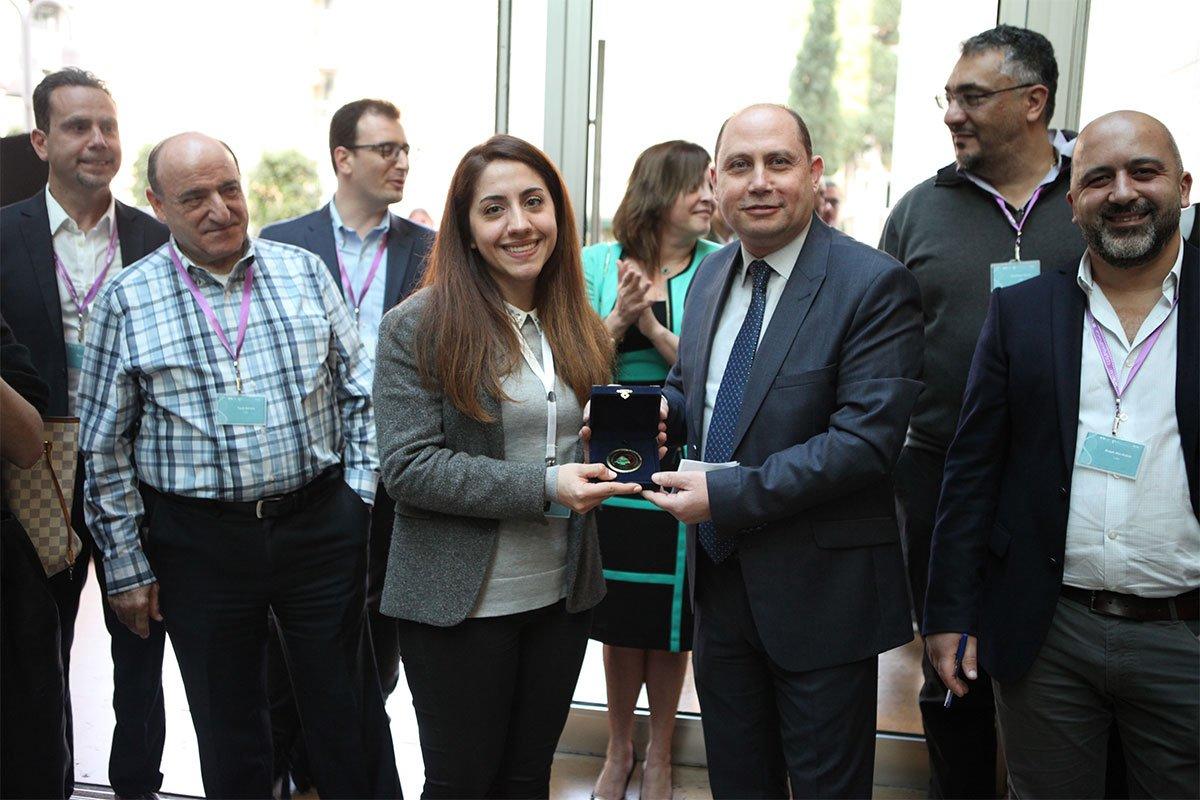Young Biologists Symposium: An Invaluable Experience
The Department of Natural Sciences’ annual event showcased the most recent and groundbreaking advances in biological sciences.
The Department of Natural Sciences organized its annual 2019 Young Biologists Symposium (YBS), a three-day event of lectures and workshops exposing students to the latest advances in biological sciences, this year’s theme.
The symposium – co-sponsored by the National Council for Scientific Research (CNRS) – was attended by around 80 participants from LAU, the American University of Beirut, the University of Balamand and the Arab University of Beirut, in addition to LAU faculty. Topics included biochemistry, genetics, neurobiology, microbial genomics, cancer therapeutics, metagenomics, and cell biology.
“Such events allow our graduates to present their work, meet students from other universities, help them learn from others, improve their skills and learn new things in and outside their fields. Additionally, it allows them to network with leaders in the field,” said department Chairperson and event co-organizer Sima Tokajian.
The organizing committee also included Associate Professors of Biology Roy Khalaf and Mirvat El Sibai, and Assistant Professor Sama F. Sleiman.
In his opening address, Interim Dean of the School of Arts and Sciences Constantine Daher said that events such as the YBS were part of the school’s strategic plan to focus on quality research, which is also in line with LAU’s Strategic Plan (SPIII).
“Our school has stressed the importance of instilling a culture of research at the undergraduate level,” Dr. Daher said, referring to a number of undergraduates from the department who have co-authored publications in high-impact journals.
The symposium kicked off with guest speaker Mark Pallen, professor of Microbial Genomics at the University of East Anglia and research leader at the Quadram Institute.
Dr. Pallen presented four different case studies from Hungary, Palestine, Birmingham and Surrey in England in which the methodology of metagenomics was applied, where scientists extract the DNA from a sample and just sequence it en masse.
One of the case studies Dr. Pallen worked on, using metagenomics, was looking at TB in 200-year-old mummies buried in a church in Hungary. “For some reason many of these bodies had become naturally mummified. Instead of rotting away to skeletons, there was still a lot of the soft tissue that remained,” he said.
Initial testing showed there was evidence of TB in half of those bodies.
When Dr. Pallen was approached with these samples, he applied metagenomics and sequenced the DNA. He said that after a few weeks, testing resulted in coverage of the TB genome from the 200-year-old sample.
“We went on to do a bigger study where we looked at eight individuals from this collection [of bodies] and we got variable degrees of coverage [of the genome].”
Dr. Pallen also gave a special lecture to faculty and early career scientists on Grantsmanship: How to Win Grants and Influence Panels.
In her presentation Autism Spectrum Disorder (ASD): From genetics to Mechanisms, Assistant Professor of Neuroscience at UT Southwestern Medical Center Maria Chahrour talked about recently published findings that have identified specific molecular pathways for ASD using genome sequencing.
“Basically, what we showed was that once we identify the genes, once we study their function and figure out their mechanism, we can start thinking about what to do to reverse the phenotype,” she said in an interview.
“In one particular case, we were able to pinpoint a specific protein that was affected by the genetic mutation,” she added.
The findings allow geneticists to start testing chemical inhibitors that would target that protein in the brain, she said. Using genome sequencing, scientists can look for known autism-causing mutations, which could help to develop therapies.
“If we know that mom and dad are related then we know that there are big blocks of the genome in the child that are going to be homozygous, so that helps us pinpoint it,” she explained. “We then know that the risk gene is within that region. We do not know what it is, but that helps us focus on one region.”
LAU students, post-doc and PhD candidates also represented each lab in the Biological Sciences Graduate Program, while students from outside LAU gave presentations about their work. A committee awarded MS in Biological Sciences student Sahar Alousi Best Poster Award. Three other awards were given to MS in Biological Sciences students Mohamad Khalife and Fatima Taki from LAU, and Youmana El-Orfali from the Beirut Arab University.
The second and third days included workshops on Light Microscopy and Imaging, and A Philosophy for Biologists Leaning Bioinformatics.



